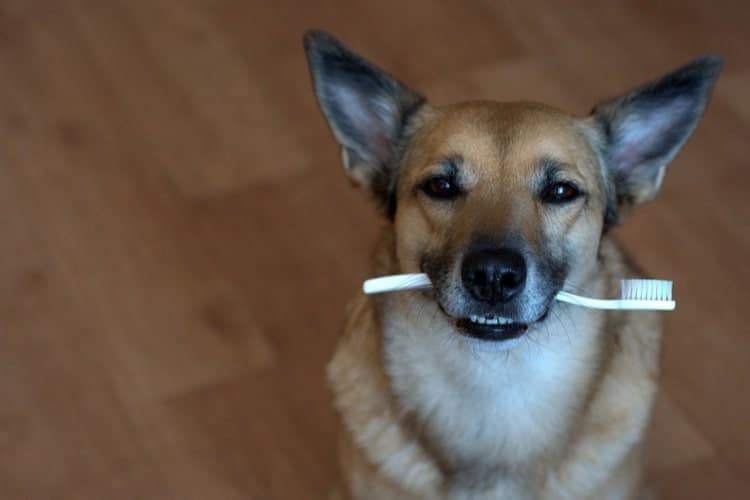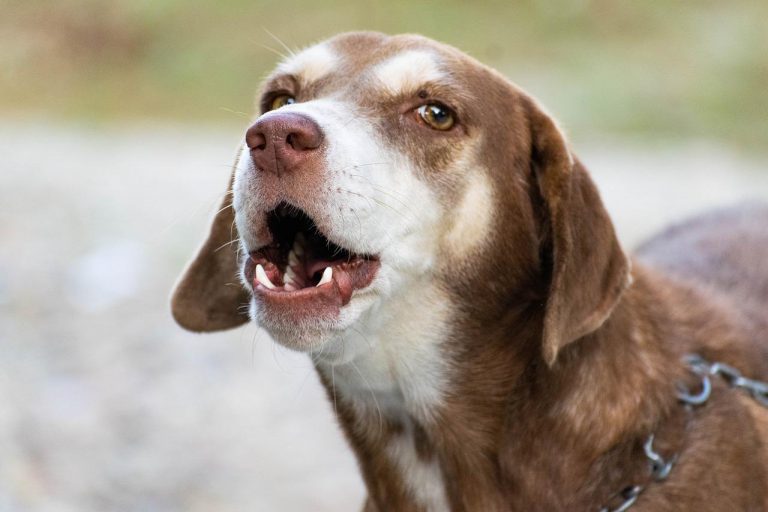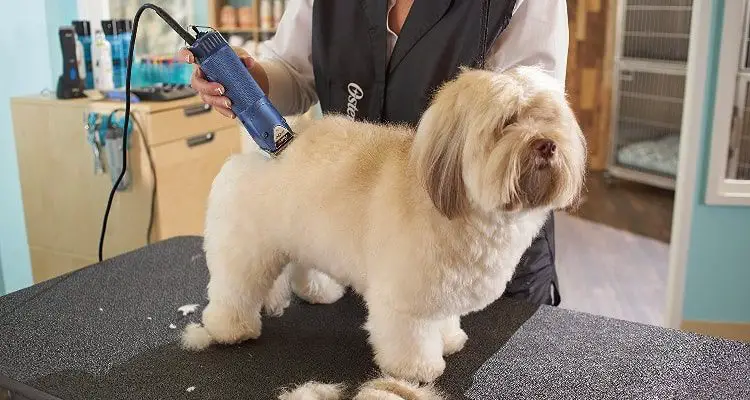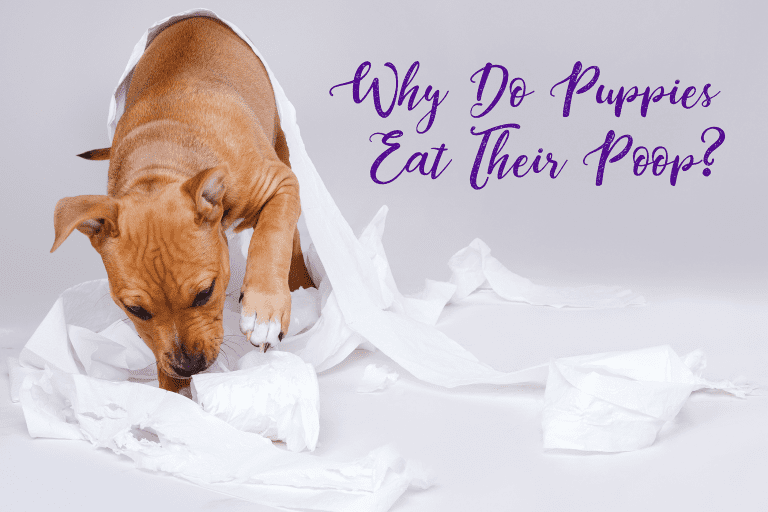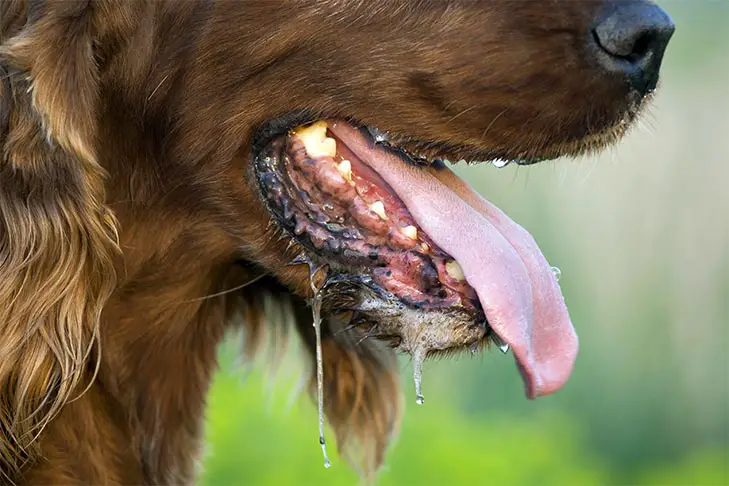I still remember the look on my dog’s face when I realized that my dog ate toothpaste. It could sense that I was horrified but it gave me only a curious look. Before, I talk about this anymore, let me introduce you to my life with Max.
I am a final year MBA student who works in the evening. My schedule is extremely tight, and sometimes it becomes even difficult to take a coffee break. No matter how hard I try, I can’t afford to get home anytime sooner than 9 pm.
When I get home, all exhausted and drained, the only thing that I look forward to is sinking into my bed, and falling asleep. However, the only thing that makes my fatigue go is the welcoming gesture from my dog Max. Max is a 3-year-old golden retriever my dad gifted me on my birthday two years ago.
Max is my only best friend in the whole wide world. Whatever time I can spare, I prefer spending with him. A few weeks ago, Max started getting sick and nauseous. This got me puzzled, for it must have been due to something he tried to munch on, while I was away.
When I went to the bathroom, I found a bitten tube of toothpaste on the tile floor. That’s when I realized, that my dog ate toothpaste, and I had no clue what to do.
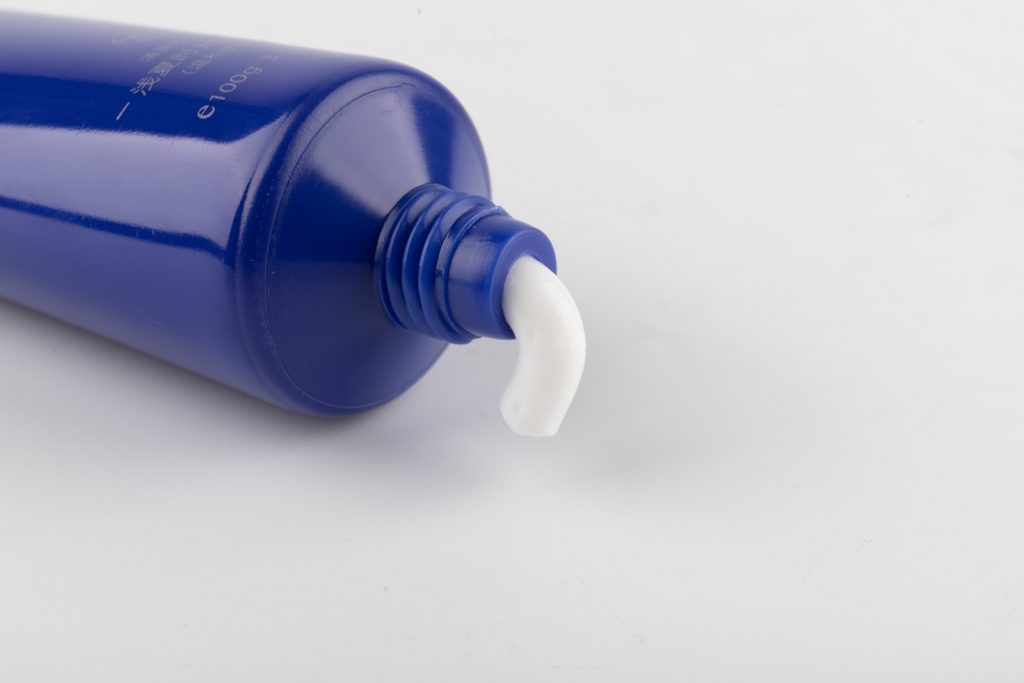
Is Toothpaste Harmful to Dogs?
It is rightly said that a dog is a man’s best friend. They follow where you go, do what makes you happy, and at the same time, try to sink their teeth into whatever you put in your mouth. They feel as if it’s their right to be a part of everything you indulge in, which is fun.
Speaking of putting things in your mouth, dogs consider it an obligation to at least get a bite of everything you eat. Despite being carnivores, dogs like munching on chocolates, fruit, and fresh crunchy vegetable. Unfortunately, toothpaste is not one of those things your dog should be snooping around.
Most dog people are annoyed by the nasty aroma of dog breath. The reason a dog’s breath is ripe and stinky is the food they eat. Some dog people tend to brush their dog’s teeth with their toothpaste, which is certainly not the best thing to do.
The toothpaste we humans use is safe for us, but it surely isn’t the best oral hygiene product for your four-legged mongrel. Fluoride and xylitol are two of the most common ingredients in toothpaste. These ingredients, although beneficial for your teeth, are toxic for your dog. If consumed in a significant amount can result in weakness, nausea, seizures, and even coma.
If you are one of those dog people who use human toothpaste to brush their dog’s teeth, stop doing it right away. As discussed earlier, toothpaste contains xylitol. It is a sugar alcohol that gives your dogs a fair amount of calories. As a result, your dog becomes obese and lazy, thus losing its natural playfulness you value so much.
Watch the following video on xylitol toxicity which is an ingredient found in toothpaste.
Why Is Toothpaste Bad for Dogs?
The dog food available in the marketplace contains animal fat, meat, and bone. These ingredients give your dog bad breath, which sometimes is unbearable.
As discussed earlier, some dog people seek refuge in brushing their dog’s teeth with human toothpaste. It does make the smelliness go away, but it certainly isn’t the best oral hygiene practice for your dog.
Some dogs believe in self-service, and they sneak into your bathroom to find out how toothpaste tastes. They end up taking a massive bite of the toothpaste tube, which is sweet and refreshing.
As discussed in the previous paragraphs, dogs should never be allowed to swallow toothpaste. Let’s find out why.
To begin with, human toothpaste is rich in fluoride, which, although good for your teeth, is extremely toxic for dogs. In case a dog overdoses on fluoride, he will experience symptoms like stuffiness, drooling, restlessness, nausea, and appetite loss. If left untreated, these symptoms can transition to urinary issues, weakness, seizures, and in severe cases, heart problems.
Have you ever wondered what makes your toothpaste sweet? The sweetener used in most toothpaste is xylitol. It is sweetener alcohol, while raises severe health concerns in dogs. Xylitol affects the blood sugar level in a dog’s system, and sometimes even causes liver failure.
The toothpaste we use is not at all edible, and that is the reason we spit it out after tooth brushing, rather than swallowing it. Dogs can neither spit nor swallow toothpaste on their own.
Have you ever seen the warning on the toothpaste box “do not swallow”? It is because of the harmful ingredients they contain. Pet toothpaste, on the other hand, are formulated in such a manner that even if they are swallowed, they are completely digestible.
You may not know, but the toothpaste we humans use to brush our teeth with contains a form of detergent. This detergent or surfactant is added to your toothpaste because it allows the fluoride in the toothpaste to work well. This is why foam forms in our mouth, and washes away the tarter every time we brush our teeth.
Fortunately, the toothpaste for dogs does not produce foam in their mouths. The foam one feels in their mouths while cleaning is quite uncomfortable for dogs, and they do not enjoy the sensation.
The toothpaste formulated especially for dogs, although safe, need to be used in a specific manner, as prescribed by the manufacturer. However, dog toothpaste also contains a small amount of xylitol. If swallowed, xylitol can give your dog minor stomach ache.
Well, there is an entirely different side to the issue as well. When your dog takes a bite of the toothpaste tube, it is not only the toothpaste that enters its system, but also the small pieces of plastic from the container.
If your dog has eaten toothpaste, do not waste time, and book an appointment with a reputable wet right away.
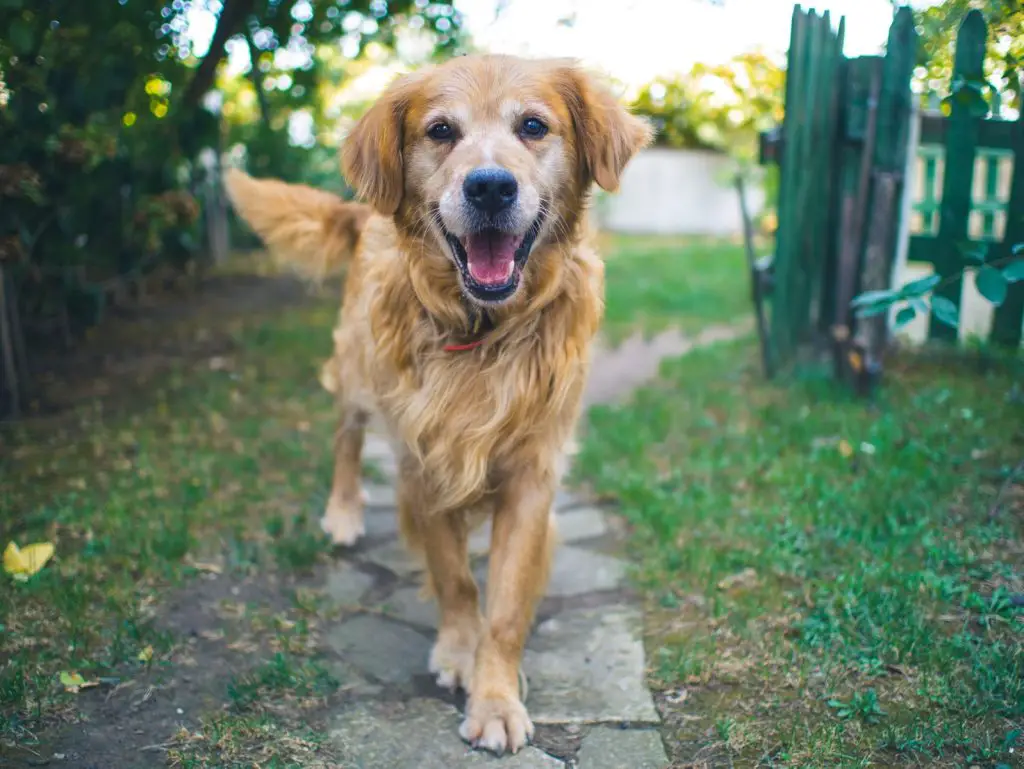
What Ingredients in Toothpaste Are Harmful to Your Dog?
As discussed in the previous paragraphs, toothpaste contains fluoride, xylitol, artificial colors, and flavors. These ingredients are toxic for your canine, and if consumed in larger chunks can lead to severe health problems. Let’s discuss in detail how each of these ingredients affects your dog’s health.
Fluoride
One of the most common ingredients found in all toothpaste and oral hygiene products is fluoride. The fluoride in toothpaste harms your dog’s stomach. Most commonly, fluoride causes diarrhea and loose stools in dogs, which makes them weak and less energetic. It also gets them nauseous, thus making them throw up whatever they eat.
With an upset stomach, a dog tends to lose appetite. When a dog fails to eat, it loses weight and becomes even weaker. Due to malnutrition, a dog’s muscles also become weak. Other health hazards of fluoride for dogs include a rapid heart rate, difficulty in breathing, excessive sweating, and seizures. If left untreated, these issues can result in sudden death.
Xylitol
Another toxic ingredient found in toothpaste is xylitol. As we have discussed, xylitol is sweetening alcohol, which can prove fatal for dogs. In humans as well as animals, the level of blood sugar is controlled by the release of insulin from the pancreas.
In humans, xylitol does not release insulin from the pancreas. However, when it comes to dogs, xylitol quickly absorbs into the bloodstream. As a result, a dog’s pancreas releases a significant amount of insulin. Too much insulin in the blood causes a dog’s blood sugar level to go down.
The effects of xylitol show up 10 to 50 minutes after consumption. If left untreated, the loss of blood sugar can result in instant death. Some of the health impacts of xylitol on a dog are similar to those of fluoride.
Xylitol makes a dog lethargic, weak, and nauseous at the same time. It can also give your dog seizures and tremors. A dog can also lose coordination and, if left unattended, can go in a coma.
Baking Soda
Another harmful ingredient found in toothpaste is baking soda. But why is it so detrimental to a dog’s health? When baking soda is exposed to health and acidic substances, it tends to expand.
Baking soda is excellent for making your cake and pizza dough soft and fluffy, but it is hazardous when it enters your dog’s tummy. As it enters a dog’s stomach, it begins to expand, thus resulting in gassiness.
Baking soda also causes muscular spasms, heart failure, and electrolyte abnormalities in dogs. When consumed in huge bulks, baking soda can make our dog vomit.
Other health impacts of baking soda you need to be careful about are diarrhea, tremors, seizures, disorientation, and disordered breathing.
What Are the Signs of Toothpaste Poisoning in Dogs?
Up till now, we have discussed why toothpaste is harmful and dogs and what ingredients make it so detrimental to a dog’s health. Now, let’s take a look at the signs of poisoning toothpaste causes in dogs.
When my dog ate toothpaste, the signs or symptoms were not immediately visible. So, I had to do a little bit of research to find out how toxic is toothpaste to dogs.
The toxicity of toothpaste has a quick impact on dogs. Xylitol, the primary ingredient found in toothpaste, is safe for humans but can prove life-threatening for dogs due to its ability to lower the blood sugar level, right after ingestion. Too much xylitol kills liver cells in dogs and sometimes results in liver failure.
Xylitol is a sugar alcohol which found not only in toothpaste but in a variety of products such as dietary vitamins and chewing gums. If your dog eats a significant amount of xylitol, it can cause severe health issues, and sometimes even death.
If you think your dog has eaten a product that contains xylitol, there is no other option but to book an appointment with the vet.
We have discussed that xylitol is safe for humans, but people with a dog in their houses must exercise caution. If your dog has overeaten toothpaste, it might experience the following symptoms.
- Coma
- Disturbed bowel movement
- Loose stool
- Seizures
- Weakness and lethargy
- Muscle weakening
- Sudden death
However, there have been instances where dogs haven’t shown any of these symptoms until their lives ultimately failed.
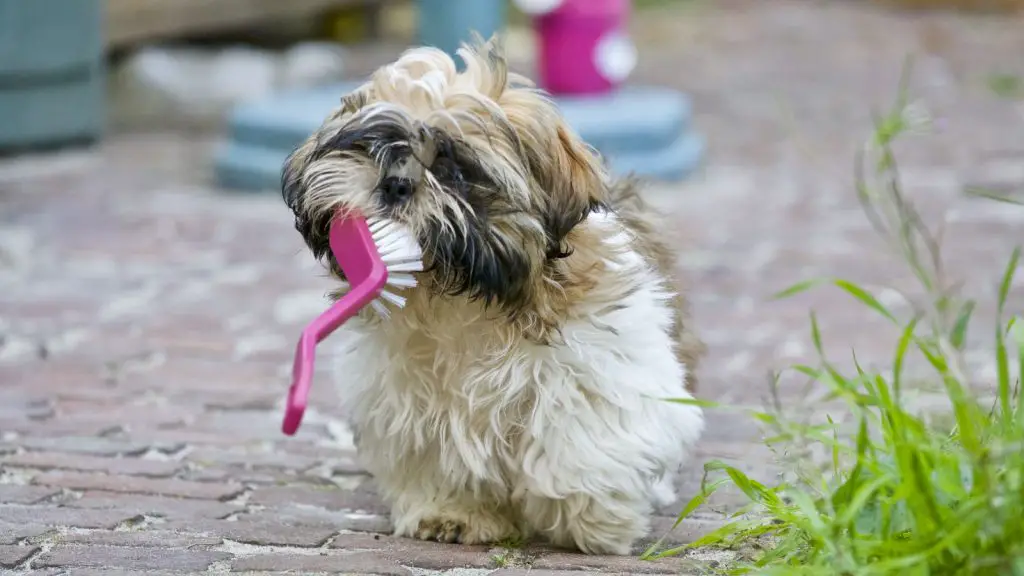
Why Does Toothpaste Poisoning Occur in Dogs?
Even though my dog ate toothpaste in a small amount, I was still quite worried.
There is a remarkable amount of difference among humans and dogs when it comes to the health impacts of xylitol. A human being can take in as much as 120 grams of xylitol and day, and experience minor diarrhea, without significant complications.
On the flip side, a dog consumes less than 1 gram of xylitol; hypoglycemia can occur in less than an hour. In dogs, xylitol completely absorbs into the bloodstream. As a result, a dog experiences a sudden drop in its natural glucose levels. And it just doesn’t stop there.
If left untreated, xylitol can also pave the way for severe health issues. The death of liver cells can make the liver fail. This occurs due to the complete elevation of liver enzymes.
Furthermore, xylitol contributes to the depletion of adenosine triphosphate, which is necessary for the normal functioning of the cells.
How to Diagnose Toothpaste Poisoning in Dogs?
When it comes to diagnosing toothpaste poisoning, every dog is different. Some dogs are quick in exhibiting the sighs, while some of them appear alright until the liver starts getting damaged. Consider yourself lucky if you have booked an appointment with the vet.
When you meet the vet, make sure to explain the detail, how much toothpaste your dog has consumed, and what signs has it exhibited up till now. Make sure not to hide anything from the vet. Tell them whether or not your dog ate toothpaste, sugar-free gums, or some baked goods.
After having a word with you, the doctor will now proceed to a comprehensive blood profile. When that happens, hypoglycemia is meant to be there, which will confirm xylitol poisoning in your dog.
Other blood tests will show a potassium deficiency, as well as phosphate deficiency. Also, there will be high levels of bilirubin in your dog’s blood. The dog may also experience gastrointestinal hemorrhaging.
How to Treat a Dog Suffering from Tampon Poisoning?
Depending upon the results of the blood profile, the vet will plan his next plan of action. Depending upon the amount of xylitol ingested, the vet will decide whether or not the dog needs to throw up.
In case your dog has consumed a significant amount of xylitol and asymptomatic, vomiting will surely have to be induced. In most cases, whether or not a dog exhibits the signs, it is hospitalized for conducting intravenous therapies.
During intravenous treatment, the concentration of potassium, phosphorus, liver enzymes, and blood coagulation will have to be monitored every day for at least two to three days. Throughout its time at the hospital, your dog’s liver will be checked regularly.
Also, the vet will monitor the level of glucose every hour. Glucose monitoring will continue until the glucose in your dog’s bloodstream has been restored to its natural levels. During the time spent at the facility, vitamin E and antioxidants will be induced. If necessary, a blood transfusion might also be conducted.
Depending upon the amount of xylitol consumed, the vet may want to continue the blood testing. These blood tests might even continue after your dog has been discharged, to make sure the liver is functioning correctly.
Prognosis is beneficial for dogs suffering from xylitol poisoning. With regular treatment, mild hypoglycemia will be controlled within a few days. However, in the case of liver failure, things go bad and are hard to control.
My Dog Ate Some Toothpaste, What Do I Do Now?
So, you have discovered that your fuzzy friend has been eating your toothpaste while you were gone.
First of all, you need to calm down. If your dog has eaten only a small amount of toothpaste, nothing terrible will happen.
However, your dog may experience severe health hazards if it has munched on a whole tube of toothpaste sprawling with xylitol.
In either of the two cases, make sure you seek the best medical support from the best vet around. If your dog is experiencing an upset stomach, try to make it lie down and rest.
Remember, the sooner you reach the medical facility, the better it is for your dog.
Conclusion
People often ask, “My dog ate toothpaste, what do I do now?” Well, the answer to this question is pretty straightforward. To keep your dog safe, you need to be more cautious. You need to make sure all the objects and products that are harmful to your dog are locked away far from your dog’s reach.
Lastly, to keep your dog healthy and fit, be very mindful of what they eat. Take them out for walks, and don’t skimp on the necessary medical checkups.
Paul Cook is an avid pet and animal enthusiast. He spent much of her childhood on a small farm in rural Iowa. When in high school, Paul nursed an entire box of newborn, and recently dumped, kittens back to health, and successfully found homes for all of them. He’s presently the dog-dad of nine beautiful dogs, Bruno, Lester, Sandy, Bailey, Dio, Pat, Max, Brutus, and Nora. In his career life, Paul has 20+ years of writing experience as a content writer and content collaborator across a host of verticals. When he is not writing, he is spending time with his dogs.
Did you like this article?

